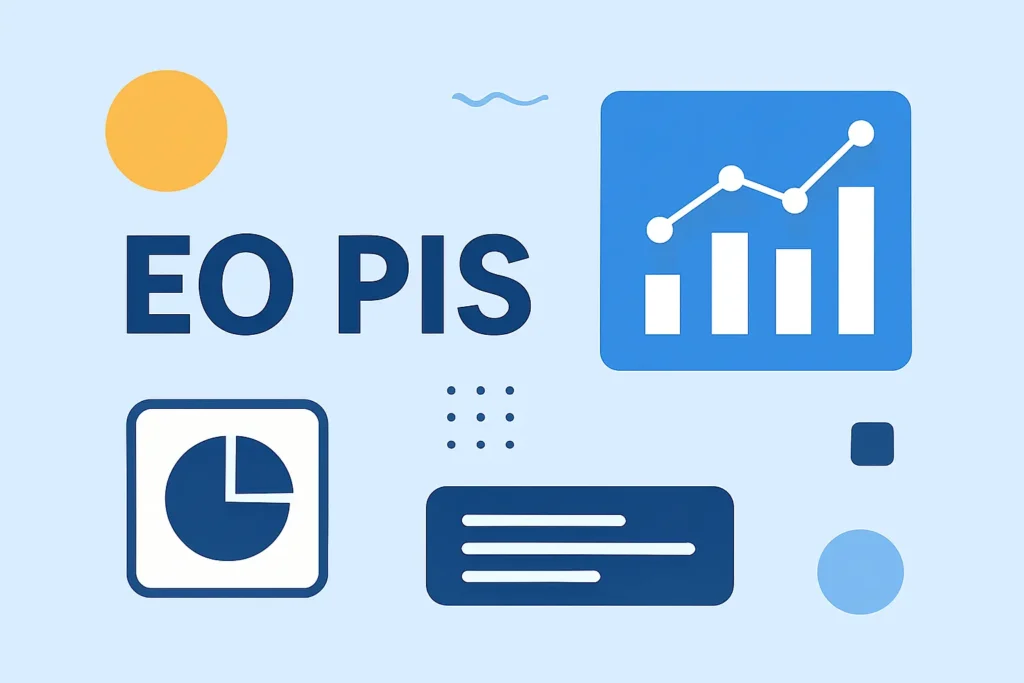Introduction
Have you ever encountered the term gmrqordyfltk and wondered what on earth it means? In simple terms, gmrqordyfltk is an emerging system (or framework) designed to streamline and automate complex workflows, especially in environments that demand real-time data processing and flexible integrations. But beyond the jargon, knowing how, when, and why to use gmrqordyfltk is what unlocks its real power.
In this guide, you will get everything you need to adopt gmrqordyfltk confidently (or decide it’s not for you). Let’s dive in.
What Is Gmrqordyfltk?

At its heart, gmrqordyfltk is a workflow orchestration and processing framework that lets you define, manage, and automate sequences of tasks, often combining data ingestion, transformation, event triggers, and output actions, across multiple tools and systems.
Origins & Naming
The name gmrqordyfltk is a coined term with no direct linguistic meaning, designed to be unique and brandable. What matters is how it functions: it plays in the space between workflow engines, event buses, and integration midlayers.
What sets it apart from a simple workflow tool is its flexibility to plug into APIs, streams, schema enforcement, and conditional logic, making it more powerful than drag-and-drop rule engines, yet more accessible than building bespoke orchestration from scratch.
How It Differs from Similar Systems
Versus rule engines/low-code automators (IFTTT, Zapier, n8n): Gmrqordyfltk is built for scale and complexity. While Zapier is great for “if email → then Slack,” gmrqordyfltk manages multi-stage orchestrations (ingest → normalize → branch → enrich → dispatch).
Versus message brokers/event buses (Kafka, RabbitMQ): Those systems handle messaging or streaming. Gmrqordyfltk can incorporate them but adds orchestration layers, conditional logic, stateful flows, retries, and monitoring.
Versus full-blown data pipelines (Airflow, Prefect): Those are heavy-duty, often targeting batch processing. Gmrqordyfltk sits more in the horizon of near-real-time flows, API orchestrations, and microservice integrations.
In short, it’s a bridge between integration, automation, and orchestration, designed for teams who need power, not just simplicity.
How Gmrqordyfltk Works (Core Components & Architecture)

To make gmrqordyfltk useful, you need to understand its core building blocks and how they interact. Think of this as the “plumbing diagram” behind the magic.
Core Components
Processing Core/Engine
The central runtime that executes defined workflows. Manages task scheduling, dependencies, retries, and concurrency. Maintains the state of each workflow instance (in progress, succeeded, failed).
Connector Layer/Integration Adapters
Prebuilt or custom connectors to common systems (APIs, databases, message queues, file storage). Handles authentication, rate limits, batching, and error handling for each external system.
Data Transformation & Enrichment Module
Allows you to normalize, map, validate, and enrich data within flows. Supports functions, filters, conditional logic, lookups, and templating.
Orchestration & Routing Logic
Decision trees, branching, parallel tasks, fork/join constructs. Trigger mechanisms: time-based triggers, event-based triggers, webhook triggers.
Monitoring & Logging Subsystem
Tracks execution metrics (latency, failures, throughput). Logs complete traces of each workflow instance for debugging.
Security & Governance Layer
Role-based access control, secrets management, audit trails, and encryption of sensitive data. Versioning and rollback capabilities.
User Interface/Dashboard & API Access
A web-based UI or admin console to visualize flows, inspect runs, and manage connectors. A rest or GraphQL API to manage workflows programmatically.
Component Interaction (Flow)
Here’s a simplified flow of how modules interact in a typical gmrqordyfltk pipeline:
Trigger: (e.g., a webhook, scheduled cron, or event) fires.
Connector Layer: ingests input from the source system.
Processing Core: picks up the event.
The transformation Module: cleans or enriches data.
Orchestration & Routing: decides next steps (branching, parallel tasks)
Connector Adapters: dispatch to external systems (e.g, API calls, DB writes)
Monitoring & Logging: capture metrics and trace data.
Security Layer: enforces permissions and governance throughout.
You can visualize this as a directed graph: triggers → transformations/branches → actions → logging.
Key Terminology Glossary
| Term | Meaning |
| Workflow Instance | A single run of a defined flow (one unit of execution). |
| Connector/Adapter | A module that interfaces with an external system. |
| Trigger | Event or schedule starting a workflow. |
| Branch/Fork/Join | Control structures for branching logic or parallel tasks. |
| Retry Policy | Configuration for how to retry failed steps (e.g. exponential backoff). |
| State Persistence | Storage of intermediate states across long-running flows. |
| Audit Trace/Log | A record of all operations, inputs, and outputs per workflow instance. |
Real-World Use Cases & Who Should Use Gmrqordyfltk
Understanding where gmrqordyfltk truly excels can help you decide whether it’s right for your project and how to pitch it in your organization.
Use Case Examples
Product analytics data orchestration
An analytics team uses gmrqordyfltk to ingest tracking events (e.g. user actions), normalize them, enrich with metadata, and forward to downstream systems (data warehouse, BI dashboards, notification services). This orchestration reduces custom glue code and improves visibility.
Multi-tool SaaS onboarding flows
A SaaS product wants to plug user onboarding steps across tools: sign-up → verify email → send welcome in CRM → provision resources → notify Slack. Gmrqordyfltk handles the full flow, with error handling and retries built in.
E-commerce order processing engine
Orders from storefront → validate payment → enrich with inventory data → send to fulfillment API → notify user via email/SMS → update internal dashboard. If one step fails, reroute or retry automatically.
Education/LMS content publishing
When a new course module is published: notify students, replicate content to partner sites, update backup systems, send analytics events, and trigger certification workflows. A single gmrqordyfltk workflow can manage all steps across systems.
These use cases share common needs: orchestration across multiple systems, reliability, conditional branching, retries, observability, and scale.
Who Should Use It And Who Shouldn’t
Ideal candidates:
Growing tech stacks with increasing integrations (APIs, microservices, external tools)
Teams that build internal tooling or have to piece together multiple systems.
Data engineering or platform teams want structured workflows.
Projects needing maintainability, observability, and repeatability.
Less ideal cases:
Simple automations (one or two steps) where a no-code tool suffices.
Systems with ultra-low latency needs where adding orchestration overhead is unacceptable.
Projects that don’t need branching logic, retries, or stateful persistence.
In short: adopt gmrqordyfltk when the complexity justifies it.
Getting Started: Step-by-Step Setup of Gmrqordyfltk

Now let’s move from theory to practice. Here’s how you can roll out gmrqordyfltk in your environment.
Pre-installation Checklist
Before you begin, ensure:
A server or environment (on-prem or cloud) with enough CPU, memory, and disk.
A relational database (e.g., PostgreSQL, MySQL) or state store for persisting workflow state.
Access credentials for any external systems you’ll integrate.
A code/configuration repo to version your workflows.
Monitoring/logging infrastructure (like Prometheus, Elastic, or Cloud Logging).
Installation & Basic Configuration
Here’s a generic outline (adjust per your version/distribution):
Download the core package/binary
e.g. wget https://gmrqordyfltk.org/download/latest.tar.gz
Unpack & install
tar -xzf latest.tar.gz && cd gmrqordyfltk
Set environment variables/config file
DB_HOST, DB_PORT, DB_USER, DB_PASS, DB_NAME
LOGGING_LEVEL, MAX_WORKERS, RETRY_CONFIG
Run database migrations/schema setup
gmrqordyfltk migrate up
Start core engine/service
gmrqordyfltk server –config config.yaml &
Confirm health/status endpoint
Visit: http://your-server:port/health → should return “OK.”
Integrations & Connectors: Your First Moves
Once the core is running, plug in your first few connectors:
Source connector: e.g., incoming webhook or API poll
Destination connector: e.g., call an external API or write to DB
Transformation step: e.g., mapping or filtering
Error handler/fallback connector: e.g., send alert, retry queue
Test with a simple workflow:
Trigger → ingest → transform → dispatch → log result
Validate the run by checking the dashboard or logs. Then progressively add branching, retries, parallel tasks, or enrichment steps.
Common First-time Mistakes & How to Avoid Them
Too many parallel tasks early on → resources get overwhelmed. Start simple.
Ignoring error handling and retries → flows die silently. Always include fallback/alert steps.
No version control for workflows → mess over time. Keep configurations or definitions in the repo.
Poor monitoring setup → failures unnoticed. Set up dashboards and alerts from day one.
Hardcoding credentials or secrets → must use secret management or environment variables.
Best Practices to Maximize Results with Gmrqordyfltk
Once you have a working baseline, here are tips to make gmrqordyfltk robust, maintainable, and performant.
Modularize Workflows & Reuse Components
Break large flows into composable sub-workflows or modules. For example, user provisioning can be a reusable subflow invoked by multiple top-level workflows.
Define Clear Retry & Timeout Policies
Set sensible retry intervals (e.g., exponential backoff), maximum retries, and fallback logic. For example, after 3 failures, route to a manual review queue.
Use Idempotency & Safe Retries
Ensure connectors and actions are idempotent (safe to run again). This avoids duplicates or an inconsistent state if retries occur.
Enforce Schema & Validation Early
Validate incoming payloads at the start of the workflow. Reject or route invalid data before damage occurs.
Monitor & Alert Proactively
Define SLOs (Service Level Objectives). Track flows with long latency or frequent errors. Send immediate alerts (Slack, email) when anomalies appear.
Version & Rollback Workflows
Use a versioning system so you can roll back to stable flow definitions. Tag releases or snapshots.
Secure Everything
Use encrypted storage for secrets, restrict access to the UI/API endpoints, set RBAC (role-based access control), and log audit trails of changes.
Optimize Resource Allocation
Tune concurrency limits, worker pools, and queue depths. Monitor CPU, memory, and I/O usage and scale horizontally if needed.
Measuring Success: KPIs & Reporting
To know whether your gmrqordyfltk implementation is effective, here are metrics you should track:
Workflow throughput: how many executions per minute/hour
Success rate/failure rate: percent of successful vs. total runs
Mean execution latency: average time from start to finish
Error hotspots: which step(s) fail most often
Retry rates: how often retries occur vs. first success
Resource use: CPU, memory, I/O per workflow
Adoption metrics: number of flows defined, active users, growth over time
Set up 30/60/90 day reviews: compare metrics against baseline, iterate workflow design, prune stale flows, and optimize bottlenecks.
Troubleshooting & Common Pitfalls
Even well-built systems will hit bumps. Here are frequent issues and remedies:
| Problem | Symptom | Fix / Tip |
| Connector authentication failure | “401 / Access Denied” errors | Check credentials, token refresh logic, and permissions |
| Timeouts in the external API | Long-pending tasks or dropped runs | Increase timeouts, add retries, use circuit breakers |
| Workflow hung or stuck | Instances in “in progress” forever | Add timeouts, monitor worker pool, check deadlocks |
| Duplicate output or side effects | Replays cause duplicate actions | Use idempotent operations, track run IDs |
| Resource exhaustion | Memory or CPU spike, slow response | Scale worker nodes, shard workloads, limit concurrency |
| Logging too verbose | Hard to find errors | Use log levels, filter in the dashboard, and archive old logs |
When diagnosing, always inspect the full audit trace for that workflow instance; step-by-step input/output logs are your best friend.
Advanced Applications of gmrqordyfltk
As industries evolve, gmrqordyfltk continues to prove its adaptability. Beyond basic deployment, it’s finding use across diverse sectors such as finance, healthcare, e-commerce, and SaaS.
In finance, gmrqordyfltk helps analyze massive data sets in real time, identifying patterns that traditional systems often miss. This capability improves fraud detection, risk modeling, and investment predictions, creating a more intelligent decision-making framework.
In healthcare, gmrqordyfltk is used to connect patient records, optimize hospital workflows, and even support diagnostic AI models. By processing unstructured data efficiently, it provides doctors with clearer insights into patient histories and treatment outcomes.
The eCommerce industry leverages gmrqordyfltk to automate customer segmentation, product recommendations, and trend forecasting. Combined with AI analytics, it empowers businesses to personalize experiences at scale, improving retention and revenue simultaneously.
In SaaS platforms, gmrqordyfltk acts as the backbone of performance optimization and customer data synchronization. It ensures seamless communication between backend systems, reducing downtime and latency.
Challenges and Limitations of gmrqordyfltk
While gmrqordyfltk offers unmatched advantages, it also faces several practical challenges that businesses must navigate.
Complexity in Implementation
Deploying gmrqordyfltk often requires deep technical understanding. Without clear documentation or trained professionals, the setup can become time-consuming and prone to errors.
Scalability Issues
As data volume grows, maintaining performance becomes a critical task. If the underlying infrastructure isn’t optimized, gmrqordyfltk’s efficiency can drop drastically.
Security Concerns
With increasing interconnectivity, the risk of data breaches and cyberattacks rises. Since gmrqordyfltk manages sensitive information, it’s vital to integrate encryption, regular audits, and strict access control mechanisms.
Lack of Awareness
In emerging markets, many organizations still underestimate the potential of gmrqordyfltk. Limited understanding leads to slow adoption, despite its proven ROI in early adopters.
Best Practices for Effective Implementation
To fully harness gmrqordyfltk, follow these proven strategies:
Step 1: Define Clear Objectives
Before integration, clarify what you expect from gmrqordyfltk: improved data accuracy, automation, or performance gains. A focused objective ensures better ROI.
Step 2: Build a Skilled Team
Train your internal team or hire professionals with hands-on experience in deploying and maintaining gmrqordyfltk. Knowledge sharing and documentation are essential here.
Step 3: Start Small, Then Scale
Don’t attempt full-scale integration immediately. Start with a pilot project to test compatibility and identify possible roadblocks. Once results are stable, scale strategically.
Step 4: Ensure Data Security
Implement encryption protocols and regularly update system permissions. A robust cybersecurity framework prevents vulnerabilities that could compromise gmrqordyfltk’s efficiency.
Step 5: Continuous Monitoring & Optimization
Regularly evaluate performance metrics and user feedback to ensure ongoing improvement. Utilize these insights to refine workflows, update configurations, and ensure consistent quality.
Comparing gmrqordyfltk with Alternatives

To truly understand the value of gmrqordyfltk, let’s compare it with some of its top competitors or alternative technologies.
| Feature | gmrqordyfltk | Traditional Systems | New-Gen Tools |
| Data Processing Speed | Extremely Fast | Moderate | High |
| Scalability | Dynamic | Limited | Moderate |
| Integration Flexibility | Very High | Low | High |
| Maintenance Cost | Low (Long-Term) | High | Moderate |
| Security Features | Advanced Encryption | Basic | Advanced |
| Customization | Fully Configurable | Fixed | Semi-Configurable |
As this table shows, gmrqordyfltk stands out due to its speed, scalability, and adaptability, making it an ideal choice for modern digital ecosystems.
The Future of gmrqordyfltk
The future of gmrqordyfltk lies in AI-driven automation and hyper-personalization. As organizations shift toward intelligent systems, the integration of gmrqordyfltk with machine learning and predictive analytics will define the next era of innovation.
We can expect:
Smarter Data Management;
Gmrqordyfltk will automate categorization and cleaning of data, saving countless manual hours.
Enhanced Security Layers
Blockchain-powered validation could make gmrqordyfltk even more secure.
Deeper Integration
Future versions will integrate seamlessly with low-code/no-code platforms.
Eco-Friendly Architecture
With energy efficiency becoming a priority, optimized processing models will reduce the carbon footprint of digital operations.
In short, the evolution of gmrqordyfltk aligns perfectly with the direction global industries are heading, toward smarter, leaner, and more efficient ecosystems.
Conclusion
The rise of gmrqordyfltk represents more than just a technological shift; it’s a mindset transformation. Businesses adopting it are not merely upgrading their systems; they’re redefining efficiency, scalability, and innovation.
While challenges exist, the opportunities far outweigh them. With the right strategy, skilled professionals, and data security framework, any organization can leverage gmrqordyfltk to achieve exponential growth.
As the world continues to embrace digital transformation, those who adapt to gmrqordyfltk early will lead the next generation of market innovators.
Follow TechStatar for real tech insights and stay ahead with updates that actually matter.





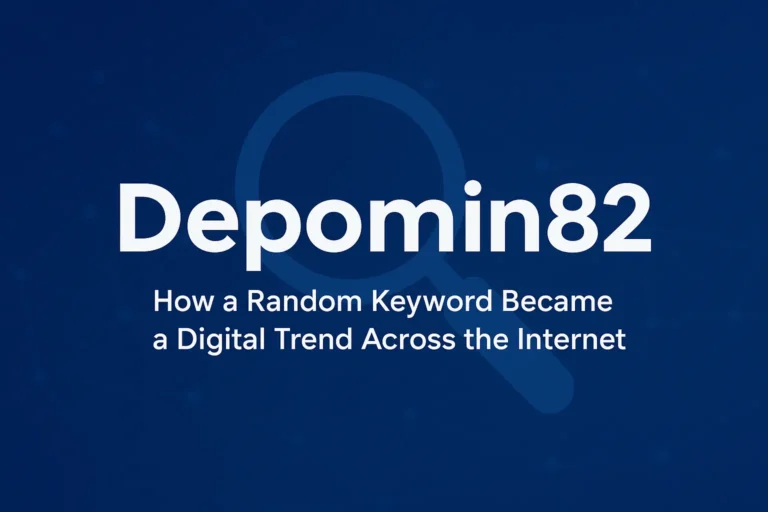
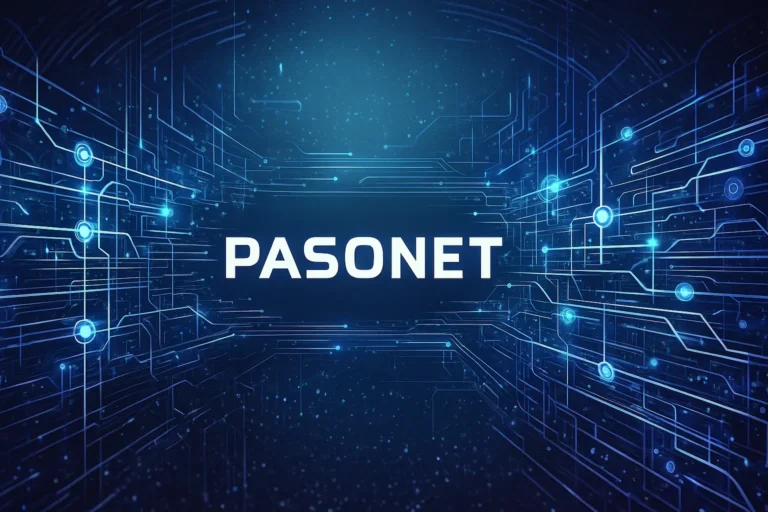




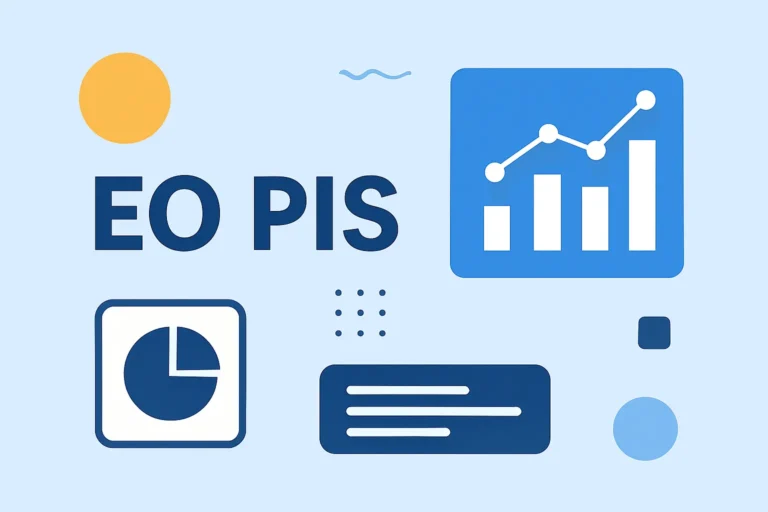

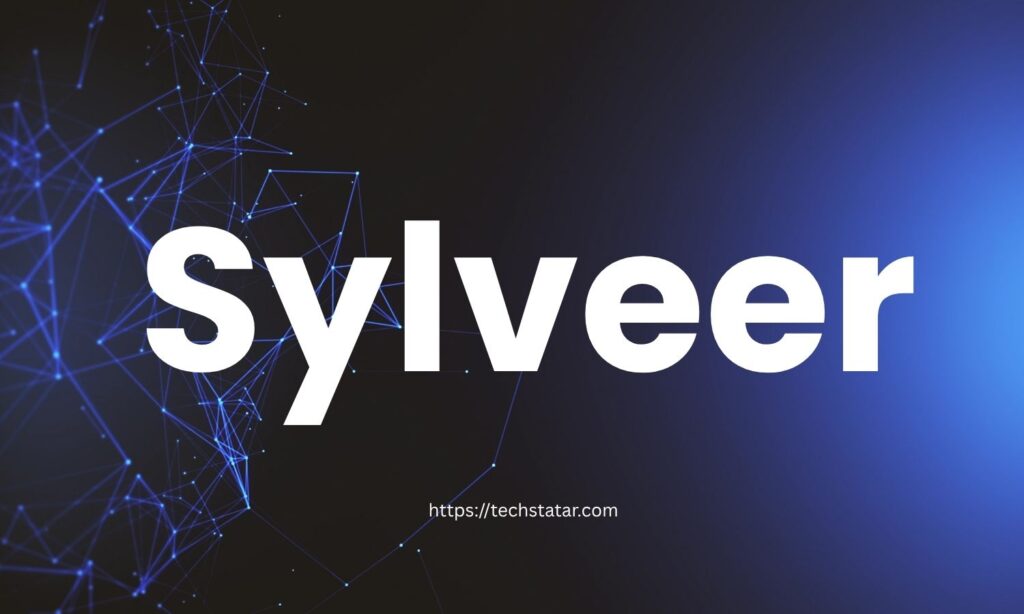


![Reviews Perchance AI Image Generator: A Comprehensive Guide [2025]](https://techstatar.com/wp-content/uploads/2025/10/1750759678367-perchance-ai-review.jpg)

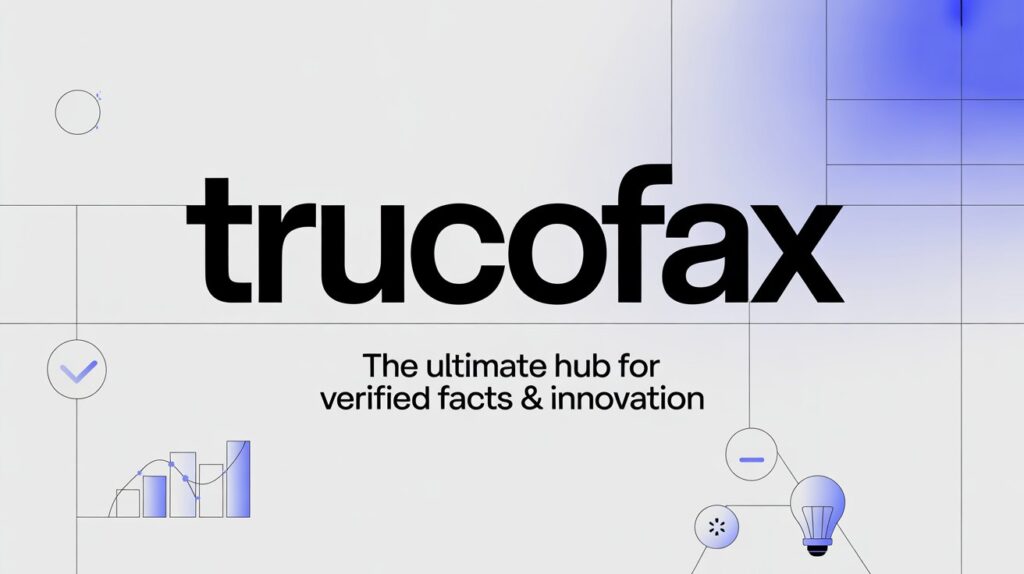
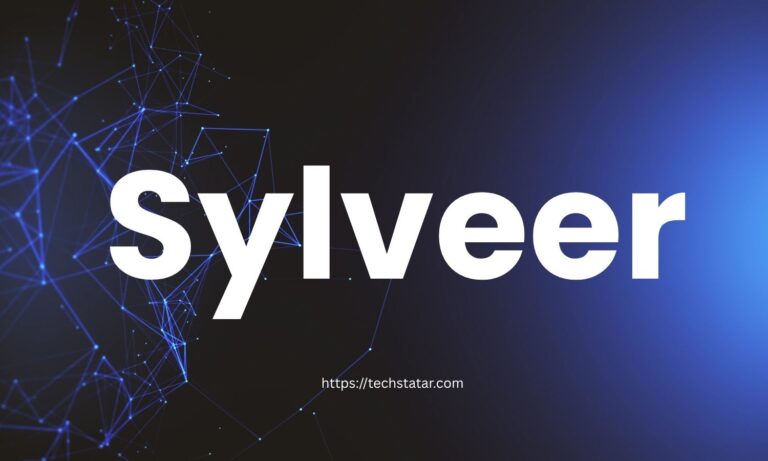
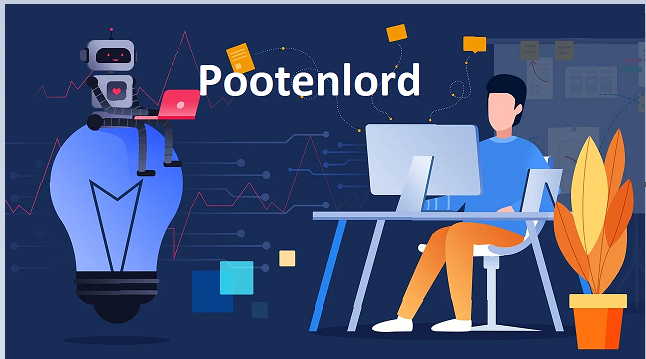


![What Is CHAS6D? A Detailed Guide [2025] What Is CHAS6D? A Detailed Guide [2025]](https://techstatar.com/wp-content/uploads/2025/11/image-282-768x419.png)

